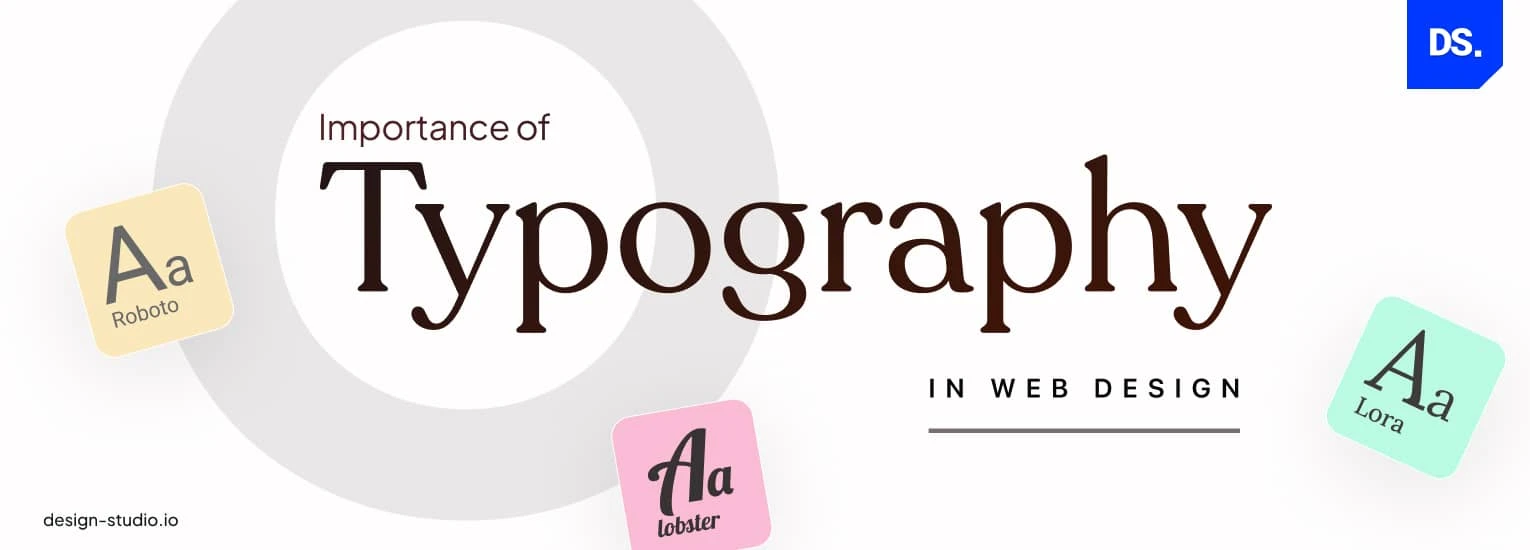CDJ Insights
Uncovering the latest trends and insights in music and technology.
Type Right: Transforming Your Web Design with Typography Magic
Unlock the secrets of typography to elevate your web design! Discover tips and tricks to create stunning visuals that captivate your audience.
The Art of Typography: How Fonts Influence User Experience
Typography is not just about choosing a font; it's an art form that significantly impacts the way users experience a website or any written content. The right font can create a sense of hierarchy, guiding the reader's eye from one element to another and making the content more engaging. For instance, serif fonts often convey a feeling of tradition and reliability, while sans-serif fonts are perceived as modern and clean. This difference influences how users interpret the information presented to them and can shape their overall impression of a brand.
The choice of fonts directly affects readability and user satisfaction. Studies have shown that legible typography reduces cognitive load, allowing readers to process information more efficiently. To enhance user experience, designers should consider factors such as font size, weight, and contrast. Additionally, incorporating a limited number of font styles in a cohesive design can strengthen visual identity and prevent user distraction. Ultimately, mastering the art of typography can lead to not only better aesthetics but also improved user engagement and retention.

10 Typography Tips to Elevate Your Web Design
Typography plays a crucial role in web design, affecting both aesthetics and readability. Here are 10 typography tips to elevate your web design. First, choose a font pairing that reflects your brand’s personality. A good combination of a serif font for headings and a sans-serif font for body text can create a beautiful contrast while enhancing legibility. Second, pay attention to font size and line spacing. Optimal line height (1.5 times the font size) ensures that your content is easy to read, especially on smaller screens. Proper spacing between lines allows the eyes to fluidly transition from one line to the next.
Third, utilize white space effectively. Giving your text room to breathe enhances the visual appeal and draws attention to the content. Fourth, consider the color contrast between your text and the background to ensure readability. Use tools to check color contrast ratios to adhere to accessibility standards. Fifth, align your text consistently; whether center or left-aligned, maintaining uniform alignment helps in creating an organized layout. Lastly, keep your typography choices minimal to avoid overwhelming users. Strive for simplicity with fonts and colors, allowing your message to shine through without distractions.
What Makes Typography the Heart of Effective Web Design?
Typography serves as the backbone of effective web design, intertwining aesthetics and functionality. It influences how users perceive and interact with a website, making it critical for user experience. With a well-thought-out choice of fonts, sizes, and spacing, typography can guide the reader's eye, create a hierarchy of information, and emphasize key messages. A harmonious and consistent typographic system not only enhances readability but also aligns with the brand's personality, ensuring that the content is both appealing and engaging.
Moreover, effective typography sets the tone for communication and reflects the overall ethos of the website. By utilizing different font styles and weights, designers can convey emotions and intentions that resonate with the target audience. For instance, a modern sans-serif typeface may suggest innovation and approachability, while a classic serif font can evoke feelings of tradition and trust. In today's digital landscape, where attention spans are short, mastering typography is essential to capture interest quickly and deliver messages with clarity.